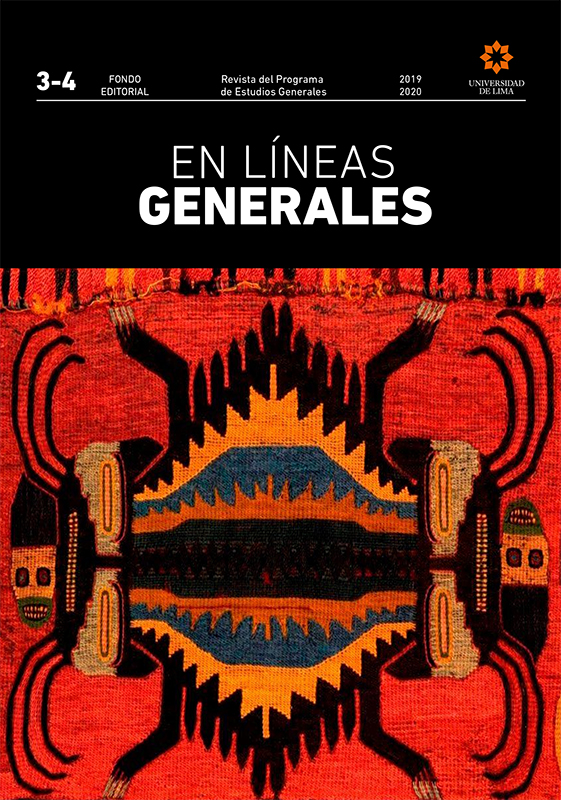Just for nothing? Artistic creation, market, opportunities and difficulties
DOI:
https://doi.org/10.26439/en.lineas.generales2020.n3-4.5086Keywords:
artistic creation, art objetcs, artistic markets, technology for artAbstract
In our time, the local artistic creation has diversified leaving behind its uniformity to give way to the varied and heterogeneous, in the same way the spaces have also been multiplied for their diffusion. These phenomena are due to multiple factors including the conception of artistic products as offers that enter the market dynamics or are conceived and expressed to communicate supported by the technology available. Based on my personal experience as a Peruvian plastic artist, I intend to reflect on the different types of art, specifically the present and the difficulties, limits and demands that this situation poses to artistic creation, but also the opportunities offered by the open contact between artists and society that can or should enrich the creative processes. In conclusion, the renewed questions are what is art and what is required to create artistic objects.
Downloads
References
Barrera, S. (2011). Arte en el siglo xxi. ¿Para qué sirve el arte contemporáneo? De la ciencia de Stephen Wilson al misticismo de Mariko Mori. El Astrolabio. Revista de Investigación y Ciencia del Gimnasio Campestre, 10(1), 56-62. Recuperado de http://edicionesanteriores.revistaelastrolabio.com/edicionesanteriores/volumen_101/astrolabio-10_1-4
Barrios, J. L. (1999). Cuerpo y percepción: subjetividad y escritura de la historia del arte. En L. Enríquez (Ed.), XXII Coloquio Internacional de Historia del Arte. (In)disciplinas: estética e historia del arte en el cruce de los discursos (pp. 69-91). Ciudad de México: Universidad Nacional Autónoma de México, Instituto de Investigaciones Estéticas.
Del Alisal, E. (2005). Arte y mercado. Una aproximación. Boletín GC: Gestión Cultural, 12. Recuperado de https://studylib.es/doc/1836057/arte-y-mercado--unaaproximacion
Guasch, A. (2001). El arte último del siglo xx. Del postminimalismo a la multiculturalidad. Madrid: Alianza Editorial.
Haymann, D. (2005). Mercado del arte. Boletín GC: Gestión Cultural, 12. Recuperado de https://studylib.es/doc/1836054/mercado-del-arte
Hiriart, H. (1999). ¿Qué es el arte? Una definición. En L. Enríquez (Ed.), XXII Coloquio Internacional de Historia del Arte. (In)disciplinas: estética e historia del arte en el cruce de los discursos (pp. 123-127). Ciudad de México: Universidad Nacional Autónoma de México, Instituto de Investigaciones Estéticas.
Kandinsky, V. (2018). De lo espiritual en el arte. Recuperado de http://www.elboomeran.com/upload/ficheros/obras/1303_kandinsky.pdf
Minguet, J. M. (2010). De la crítica de arte a la práctica curatorial. Algunas reflexiones. Disturbis. Recuperado de https://ddd.uab.cat/pub/disturbis/disturbis_a2010n8/disturbis_a2010n8a6/disturbis_a2010n8a6.pdf
Navia, M. (1999). Territorios del arte y la estética. En L. Enríquez (Ed.), XXII Coloquio Internacional de Historia del Arte. (In)disciplinas: estética e historia del arte en el cruce de los discursos. Ciudad de México: Universidad Nacional Autónoma de México, Instituto de Investigaciones Estéticas.
Richler, M. (1998). Capítulo undécimo. Finales del siglo xx. En Un mundo de arte. National Gallery of Art Washington (pp. 206-218). Londres: Scala Books.
Tàpies, A. (1970). La práctica del l’art. Barcelona: Ariel.


